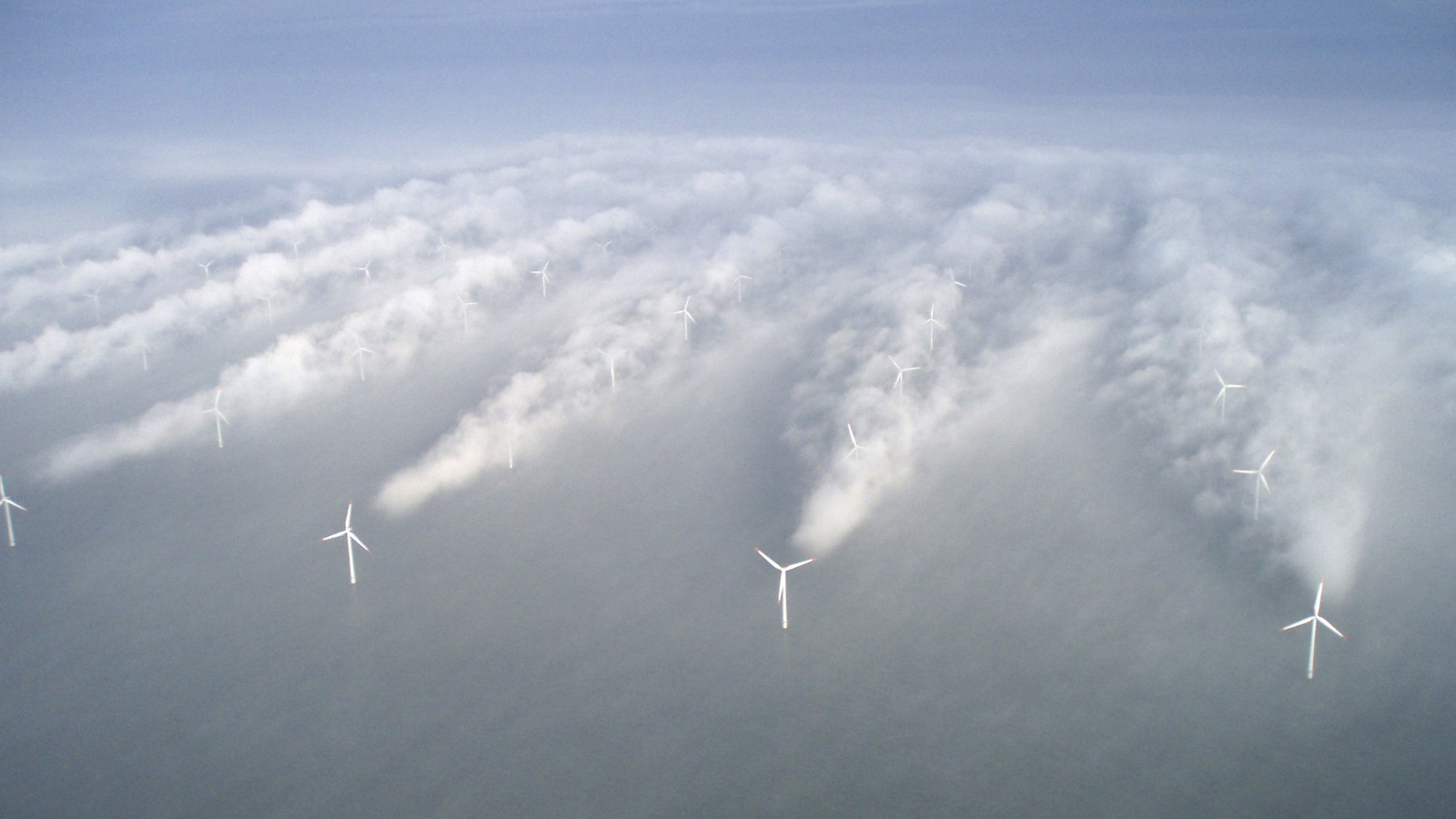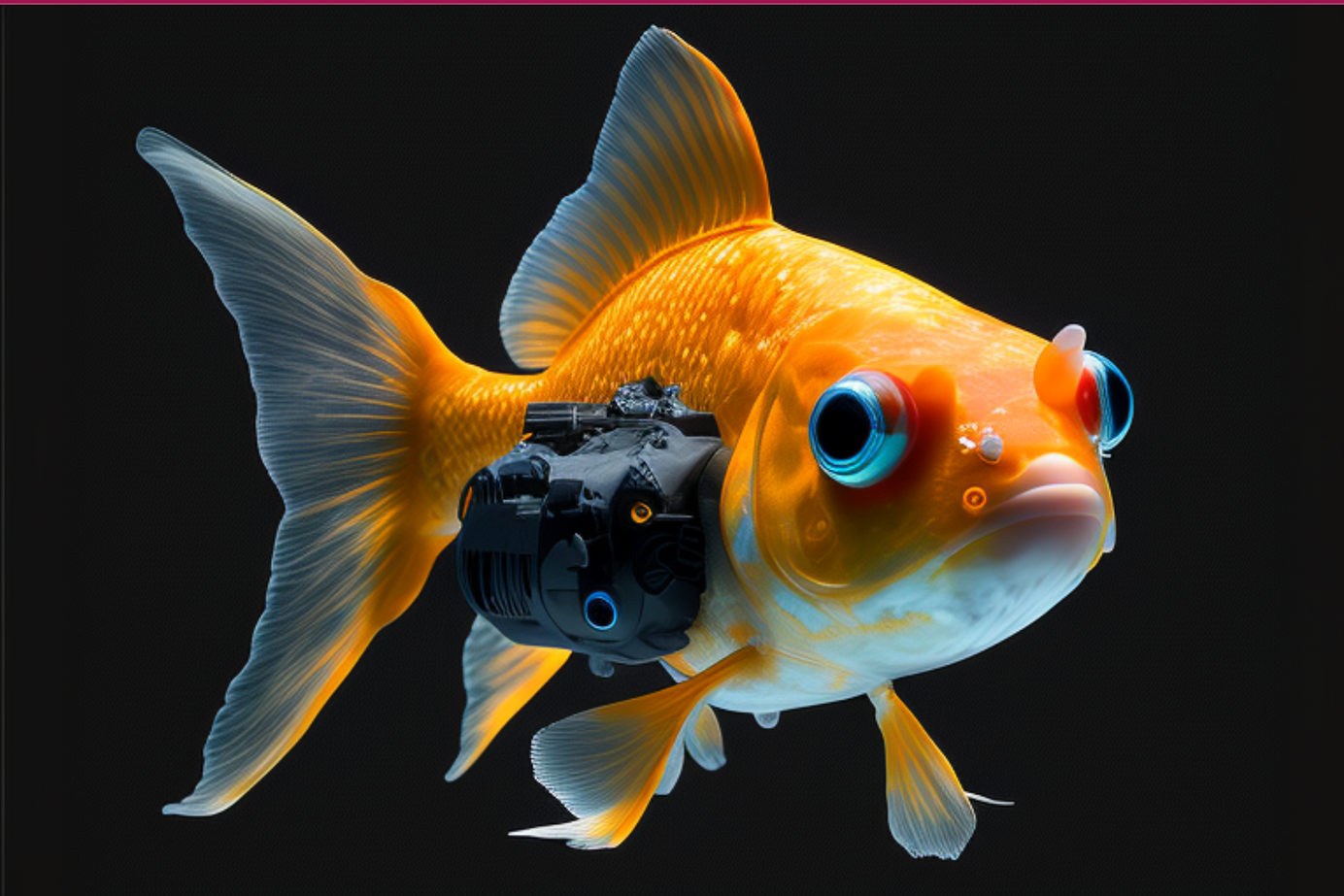
A French experiment examines how turbulence affects wind turbines
Lidar will be used by Powseidom to describe how severe winter storms affect offshore wind turbines in the Mediterranean.
In an effort to better understand turbulence in the Mediterranean's Gulf of Lion and how it affects the profitability of offshore wind farms, EDF and Engie Green are taking part in a French study initiative.
The Powseidom project characterizes wind turbulence at sea utilizing remote sensing tools, such as profiling lidar, which are less costly.
This location was picked because it serves as an example of offshore circumstances similar to those at potential wind farm locations in the Mediterranean.
As Planier experiences a lot of turbulence during winter storms, the campaign will allow the partners to examine how strong winds' properties have changed over time.
The first-ever Mediterranean database of wind and turbulence data collected at sea will be launched after a full year of monitoring.
The research team is developing a new turbulence intensity reconstruction technique that will use the observations taken at sea.
The data produced will aid in improving wind turbine design and boosting project profitability.
Other partners include Central Marseille, Vaisala and France Energies Marines.
LiDAR INSIGHTER Newsletter
Join the newsletter to receive the latest updates in your inbox.





